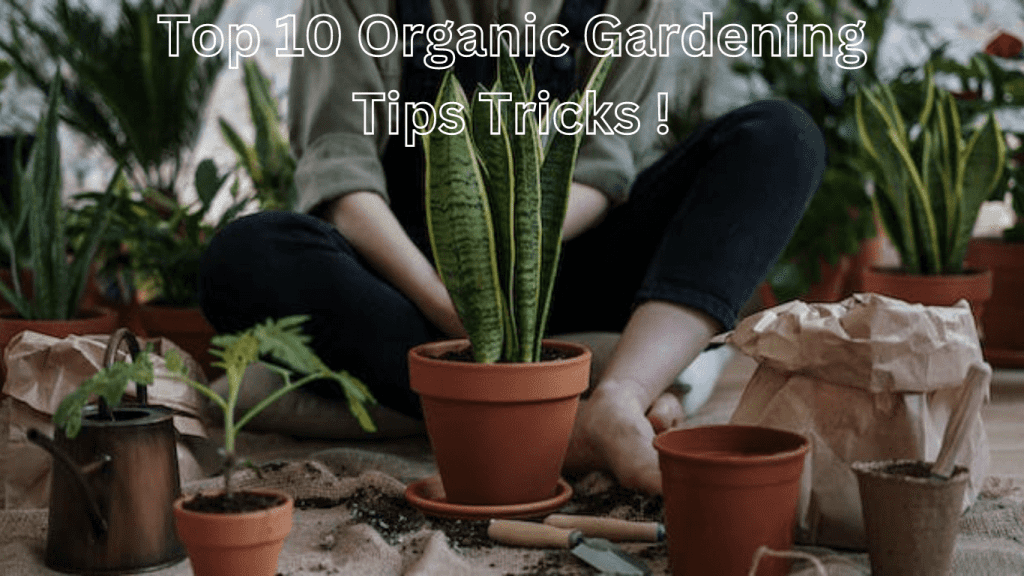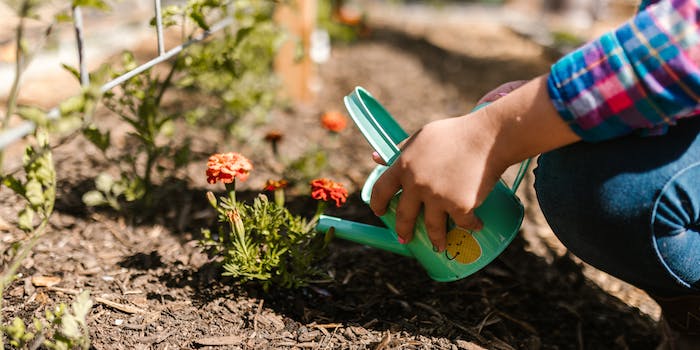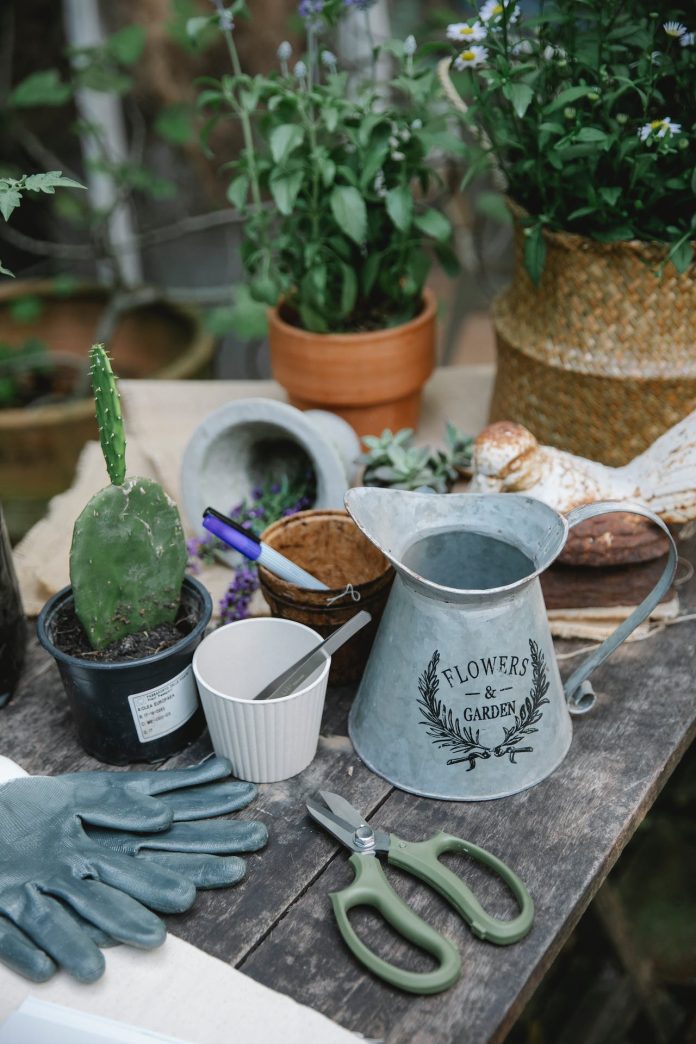Table of Contents
Gardening Tip
Gardening is a rewarding activity that allows you to reconnect with nature and create a beautiful outdoor space. Whether you are a beginner or an experienced gardener, these tips will help you get started and enhance your gardening skills:

1.Beginnerening Advice
If you’re new to gardening, start small to avoid feeling overwhelmed. Choose a few plants that are easy to grow and maintain, such as herbs or leafy greens. Learn about the specific needs of each plant, including sunlight, water, and soil requirements.


2.Organic Gardening Tips
Organic gardening is all about nurturing your plants without the use of synthetic fertilizers and pesticides. To create a healthy and sustainable garden, focus on building nutrient-rich soil using compost and natural amendments. Implement pest control methods like attracting beneficial insects or using organic sprays when necessary.


3.Flower Garden Tips
Creating a vibrant and colorful flower garden can transform your outdoor space into a picturesque oasis. Choose flowers that thrive in your region and carefully plan their placement based on their sunlight requirements. Mulching, deadheading, and regular watering are essential to maintaining the health and beauty of your flower garden.


4.Vegetable Gardening Tips
Growing your own vegetables not only ensures fresh and nutritious produce but also saves money. Start by selecting vegetables that are suitable for your climate and consider companion planting to deter pests and encourage healthy growth. Regularly water and provide adequate support to climbing plants, such as tomatoes or beans.
5.Indoor Gardening Tips
Indoor gardening allows you to enjoy greenery all year round, even if you have limited outdoor space. Choose indoor-friendly plants that thrive in low light conditions and avoid overwatering by checking the moisture level of the soil regularly. Properly regulate humidity, temperature, and air circulation for optimal plant growth.
6.Container Gardening Tips
Container gardening is perfect for those with limited space or for adding a touch of greenery to patios and balconies. Select containers that provide adequate drainage and choose plants that don’t outgrow their pots. Regularly fertilize and water your container plants, taking care not to overwater.
7.Herb Garden Tips
Having your own herb garden can elevate your culinary experience and provide you with fresh flavors at your fingertips. Choose a sunny location for your herb garden and ensure well-draining soil. Prune regularly to promote bushier growth, and don’t forget to harvest your herbs frequently to encourage continuous production.
8.Landscape Gardening Tips
Creating a visually appealing landscape involves careful planning and design. Consider elements such as focal points, color schemes, and the overall theme you wish to achieve. Incorporate a variety of plants with varying heights, textures, and colors to create interest and balance in your landscape.
9.Garden Maintenance Tips
Regular maintenance is key to keeping your garden healthy and thriving. Stay on top of weeding to prevent unwanted competition for nutrients. Monitor for signs of pests or diseases and address them promptly. Regularly prune plants to promote growth, remove dead or damaged branches, and maintain their shape.
10.Seasonal Gardening Tips
As the seasons change, so do the needs of your garden. Be familiar with the planting and harvesting times for different crops in your region. Adjust watering frequency and fertilizer application accordingly throughout the year. Protect sensitive plants from frost during colder months.
11.Watering Tips for Plants
Proper watering is crucial for healthy plant growth. Understand the water requirements of each plant and adjust according to weather conditions. Water deeply and less frequently, allowing the soil to dry out between watering. Use mulch to retain moisture and minimize evaporation.
12.Pruning Tips for Plants
Pruning is essential for maintaining the shape, health, and productivity of your plants. Learn proper pruning techniques for different types of plants, as incorrect pruning can harm their growth. Regularly remove dead or diseased branches and selectively prune to encourage air circulation and sunlight penetration.
Powered by Bestwritebot.com , Otips ,


